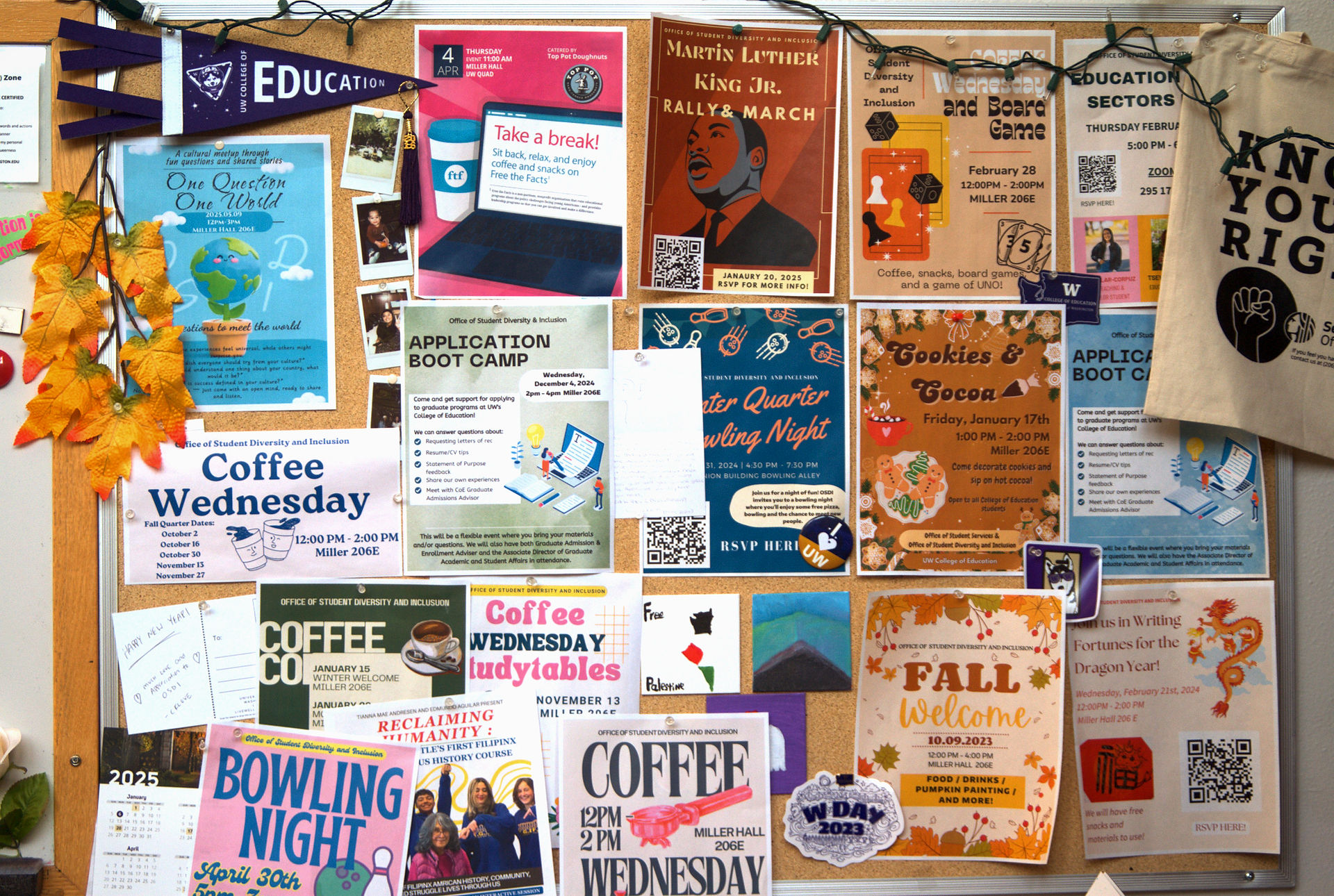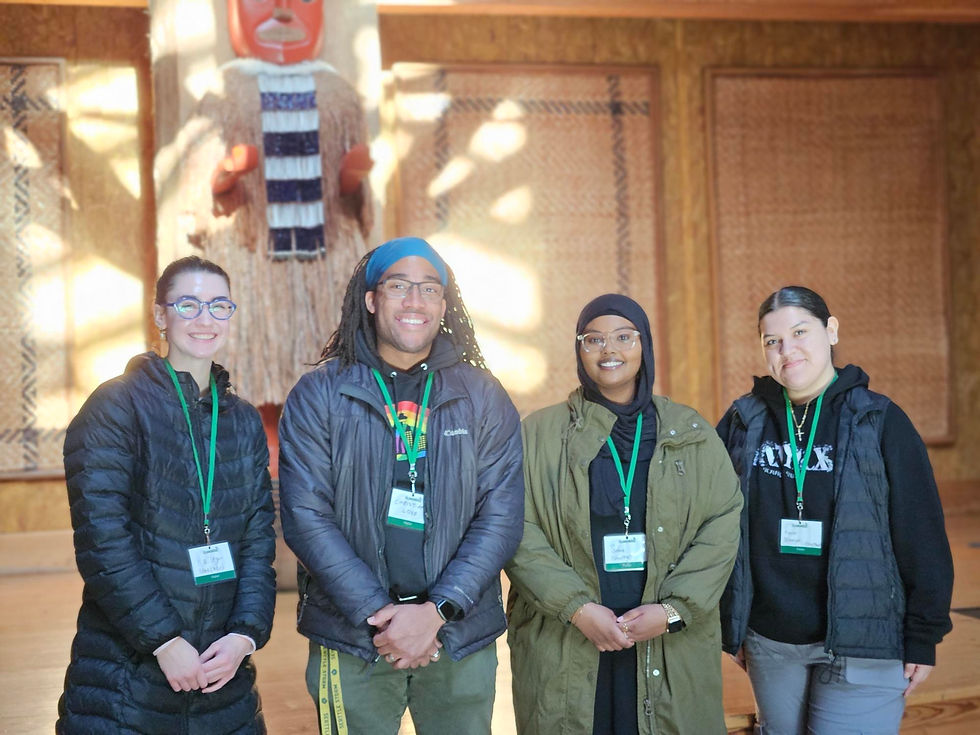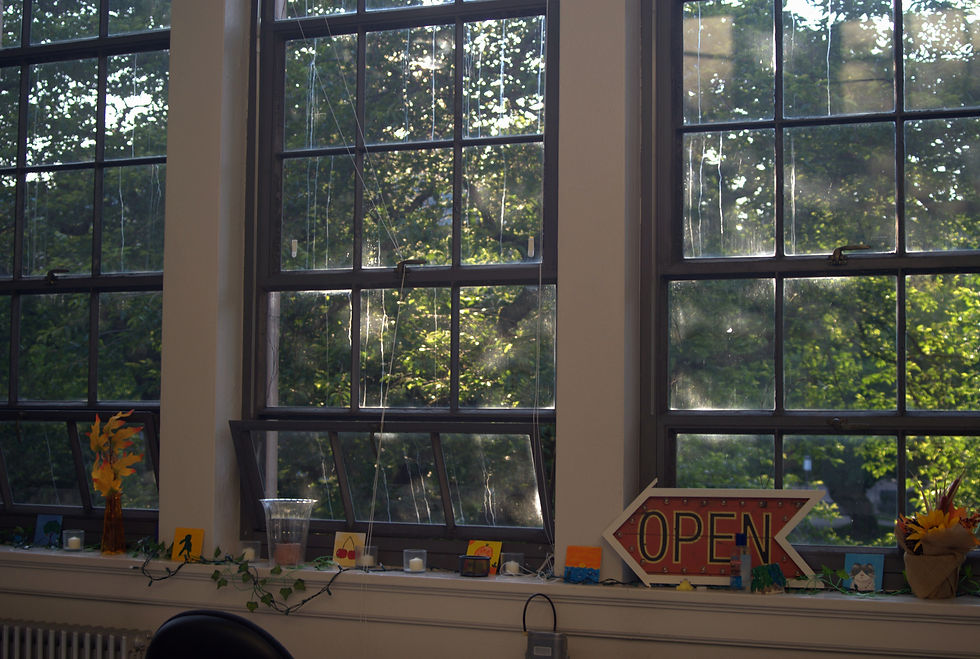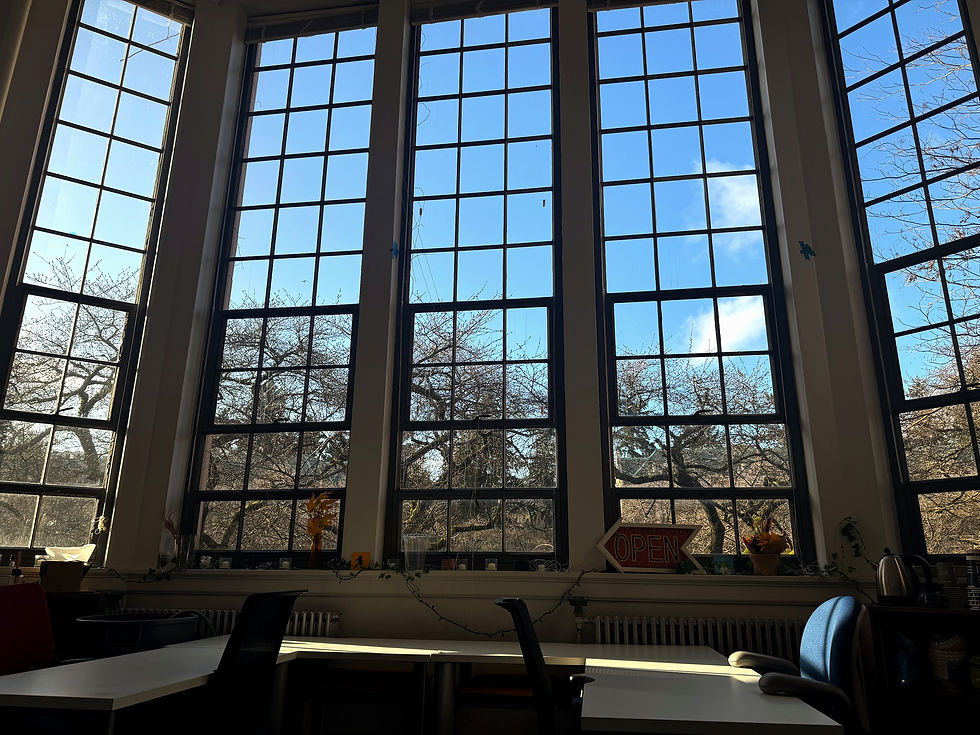Equitable Teaching & Learning
- Karen Steisi Ocampo
- Jun 5
- 3 min read
Updated: Jun 6
Identify and Analyze How Inequities in the Larger Ecological Context Contribute to Educational Inequities.

2025 has been a big year—an incredibly difficult one. From Donald Trump being sworn in as the 47th President of the United States with JD Vance as Vice President, to the ongoing rise in violent crime and ever-raging gun violence across the nation, the weight of current events has been heavy. In New Orleans, a vehicle-ramming and shooting attack resulted in 15 deaths and 57 injuries. In Cetinje, Montenegro, another shooting left 13 people dead and 3 injured. Meanwhile, in California, the Eaton Fire burned over 14,000 acres, claimed 17 lives, and was only 65% contained at last report.
On the international front, the ongoing and devastating conflict in Gaza has sparked protests around the world—including here, where we call home. At the University of Washington, the federal government abruptly canceled student visas for 23 UW students and recent graduates in OPT (Optional Practical Training)—13 current students and 10 alumni—without prior notice. The university received no explanation.
In another significant event, pro-Palestinian protesters from the group Super UW occupied UW’s Interdisciplinary Engineering Building (IEB), demanding that the university cut ties with Boeing due to its military contracts and support for the Israeli military. Protesters renamed the building after a teenage engineering student killed in Gaza, barricaded themselves inside, and caused extensive damage, including fires and the destruction of lab equipment. More than 30 students were arrested, and 21 were suspended and banned from all UW campuses.
When you ask what broader ecological contexts contribute to educational inequities, I would say all of it does. To this day, educational funding continues to be cut. Educators, advisors, career counselors, and college coaches are being laid off nationwide. Equitable programming for college and career readiness in high schools is being dismantled. Students of color and students from historically underrepresented backgrounds continue to face personal, systemic, and structural attacks on a daily basis.
What’s happening to our planet, from the wildfires to climate crises, what’s happening in society and our humanity toward one another, what’s happening in our political and governmental systems, and who we place in positions of power—all of it affects education. All of it contributes to educational inequities: from the quality of our schools to their funding, from the resources students have access to, to the very purpose these institutions serve for our youth.
In my internship, my student advocacy work directly addressed how structural inequities impact students. From the unequal distribution of financial resources among colleges at UW to concerns over systemic bias and the uncertain future of DEI offices, to the exclusion of international students, especially those on visas, the work I engaged in was always rooted in response to these inequities. Whether I was helping students whose visas were revoked, supporting those engaging in protest and speaking out for justice, or advocating for the continuation of inclusive programming, I tried to offer the holistic support that students needed, but also what our systems failed to provide.
In the Education, Communities, and Organizations major, we’ve learned that everything is interconnected—from the land and the water to the systems we’re often forced to navigate. But how we choose to show up, how we choose to engage in these conversations and take action, that is ours to decide. The actions we take toward change are shaped by us.
I have heard the stories of many students who have been directly impacted by the events I’ve mentioned. No conversation was easy, but I am grateful that I was able to do my part, in the space I was given, not only to advocate for them but to listen. Sometimes, what a student needed most in that moment was simply a shoulder to cry on, and I’m proud that I could be that for them.




Comments